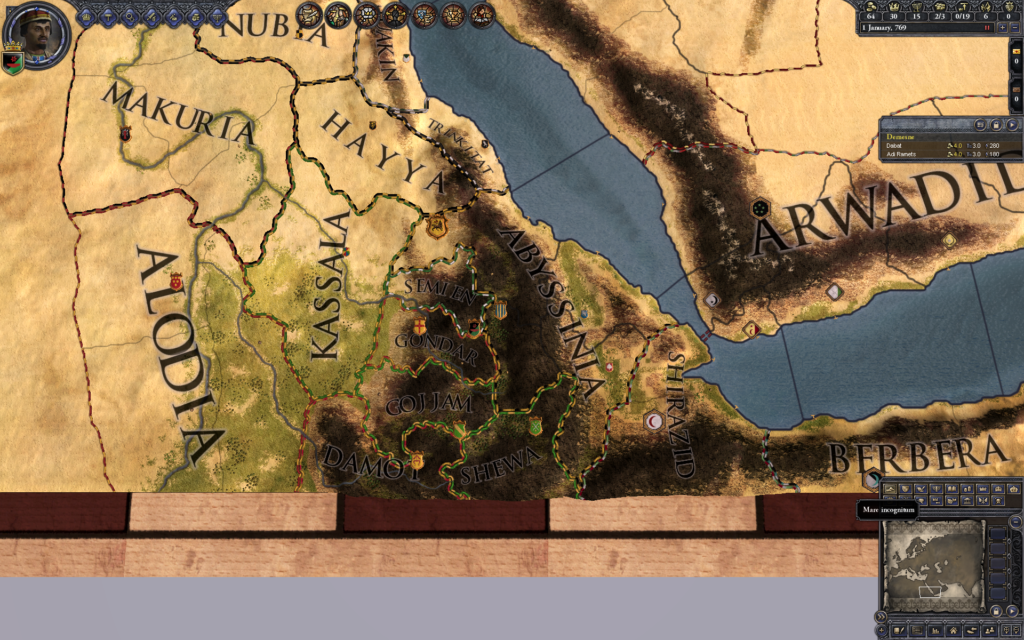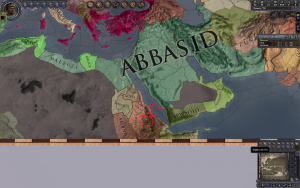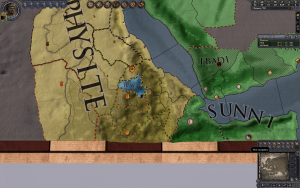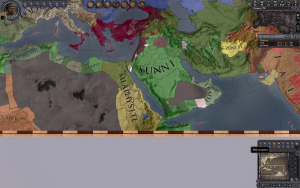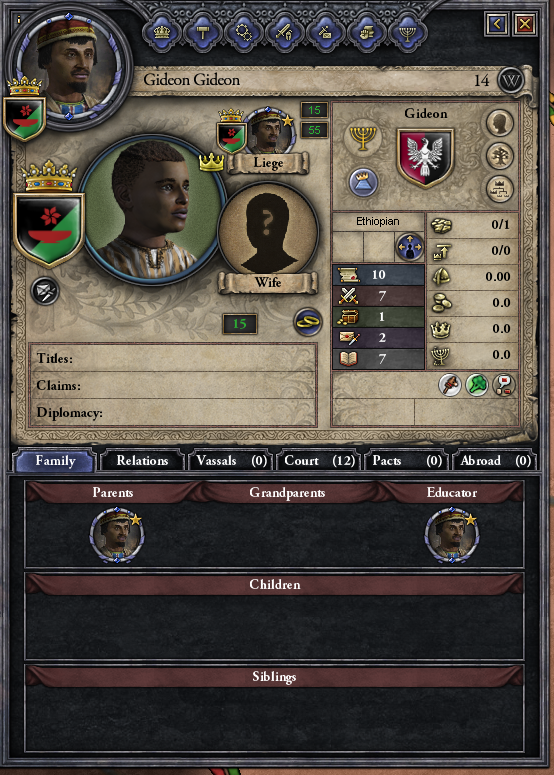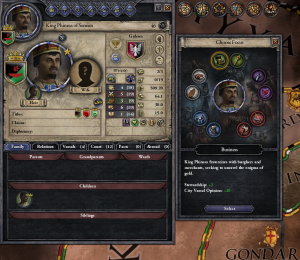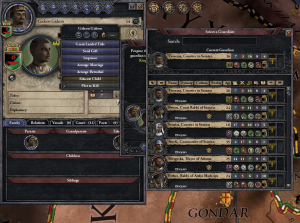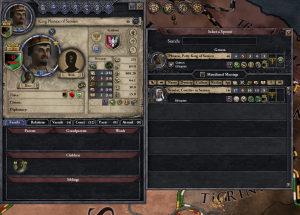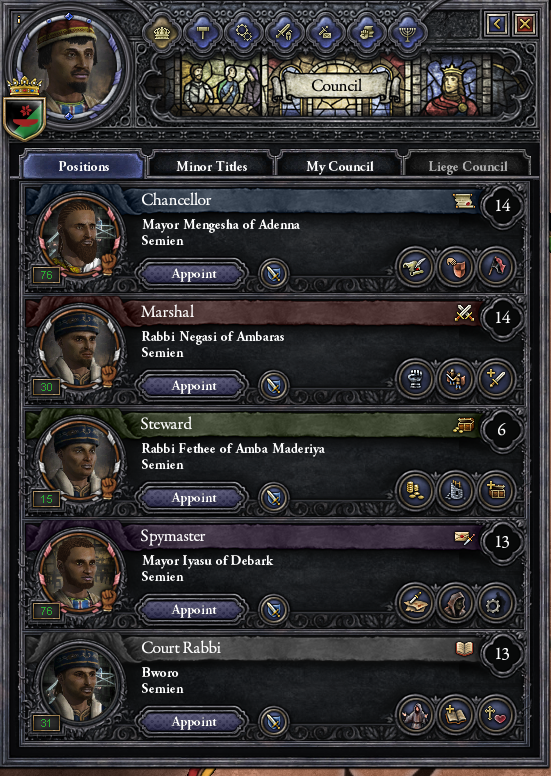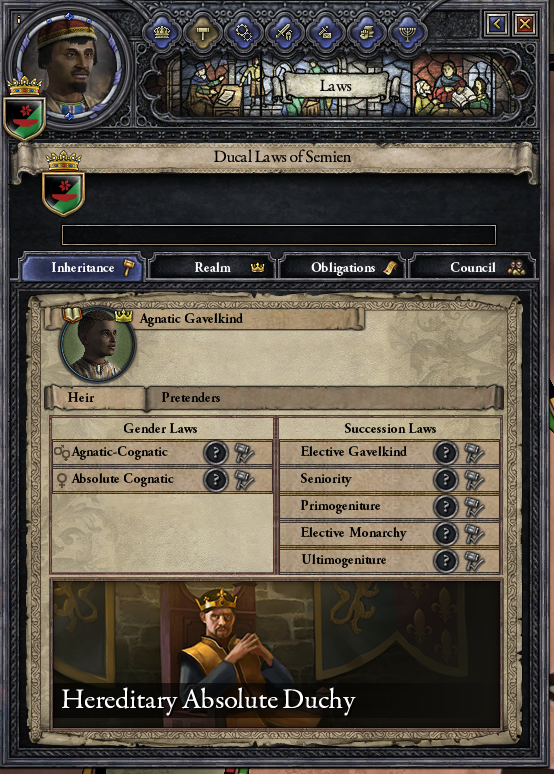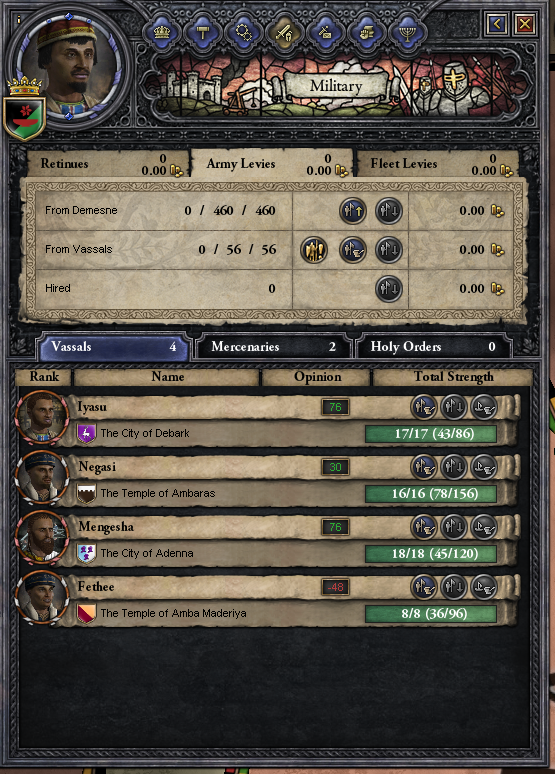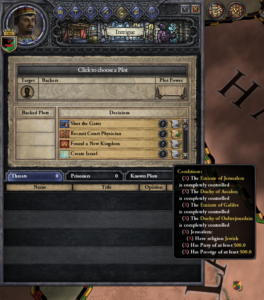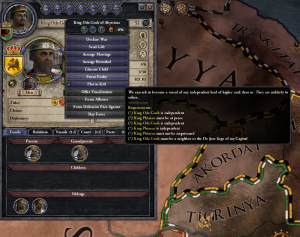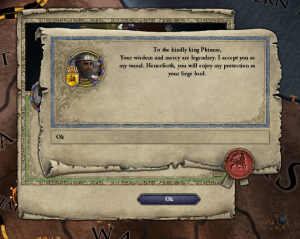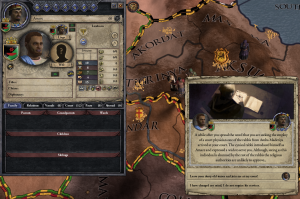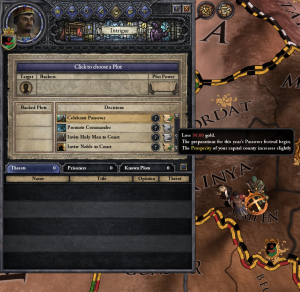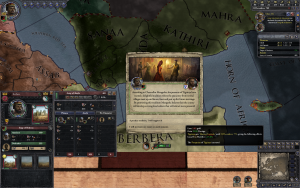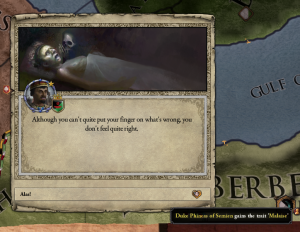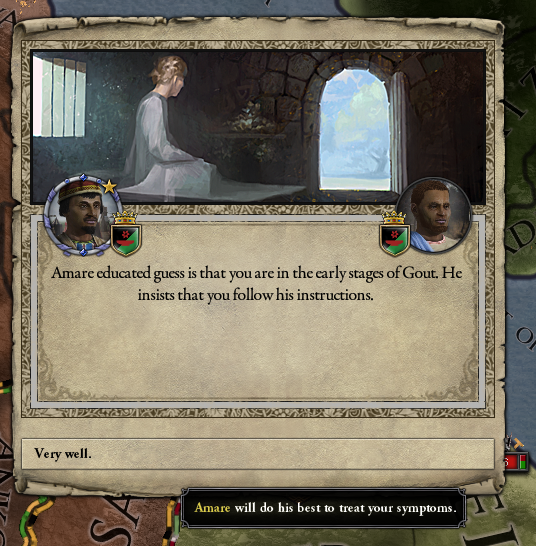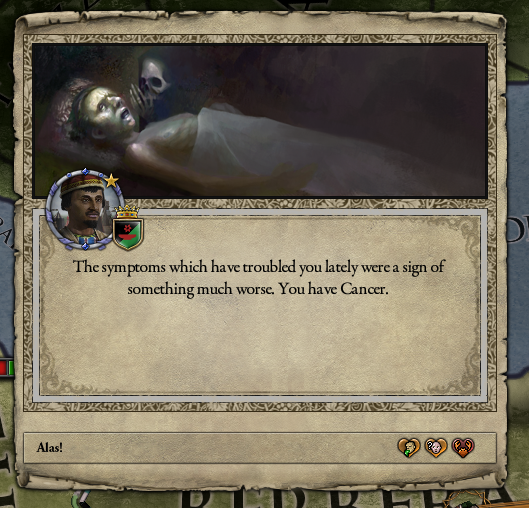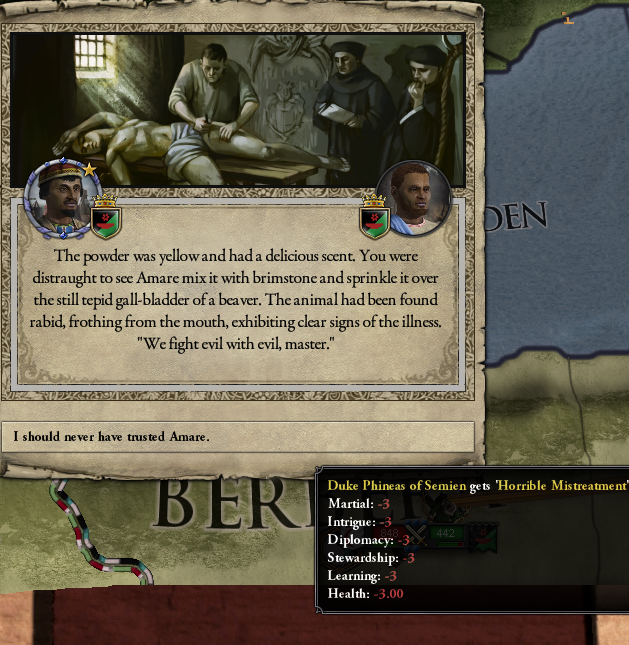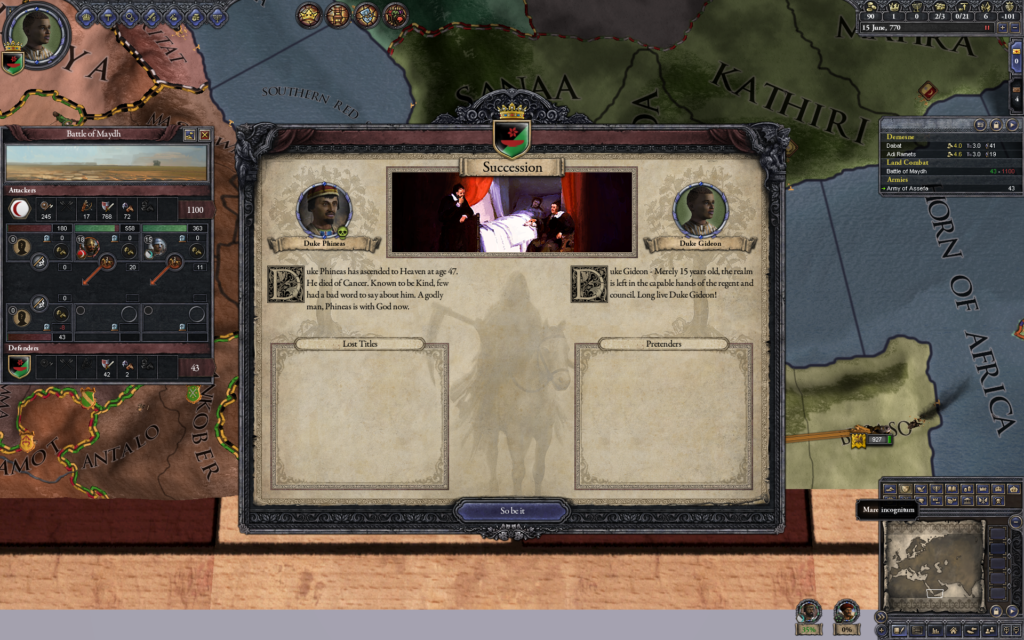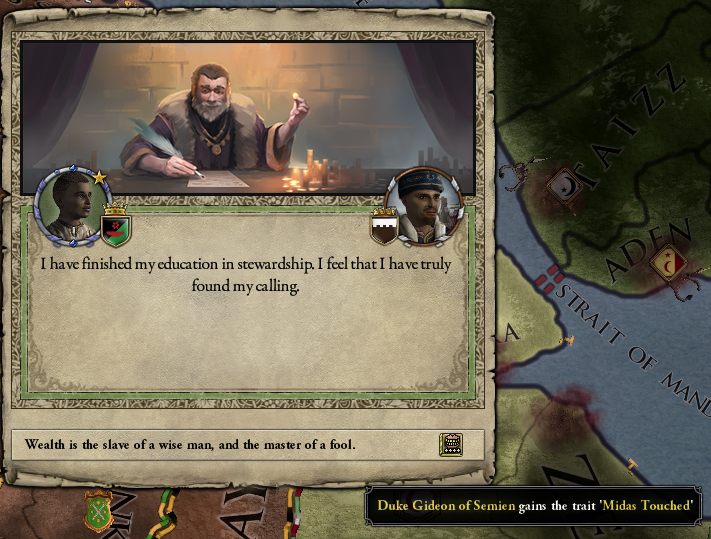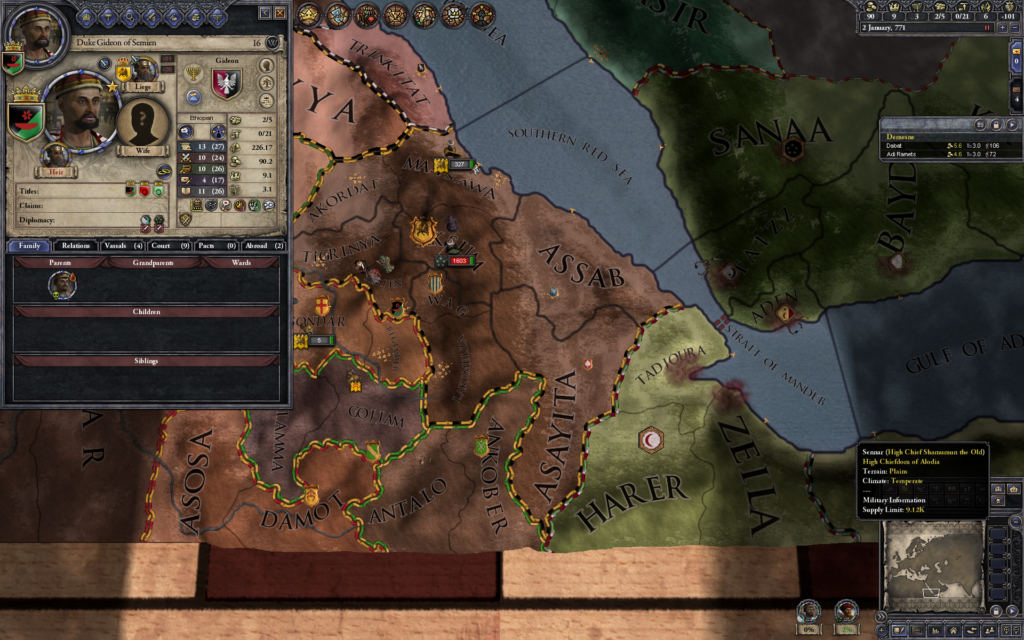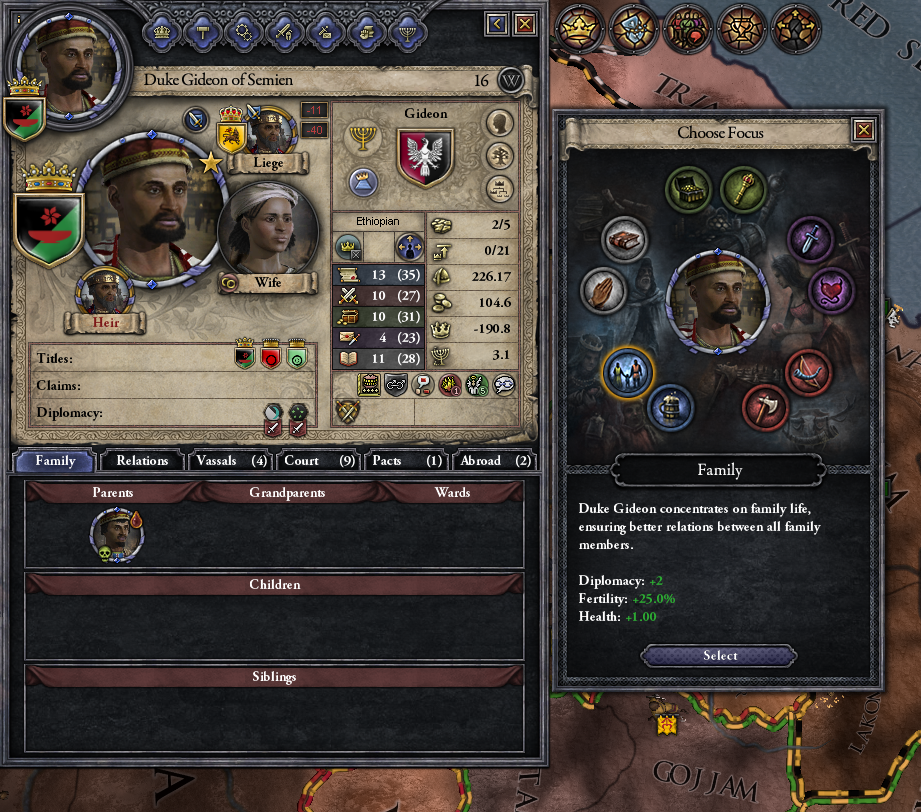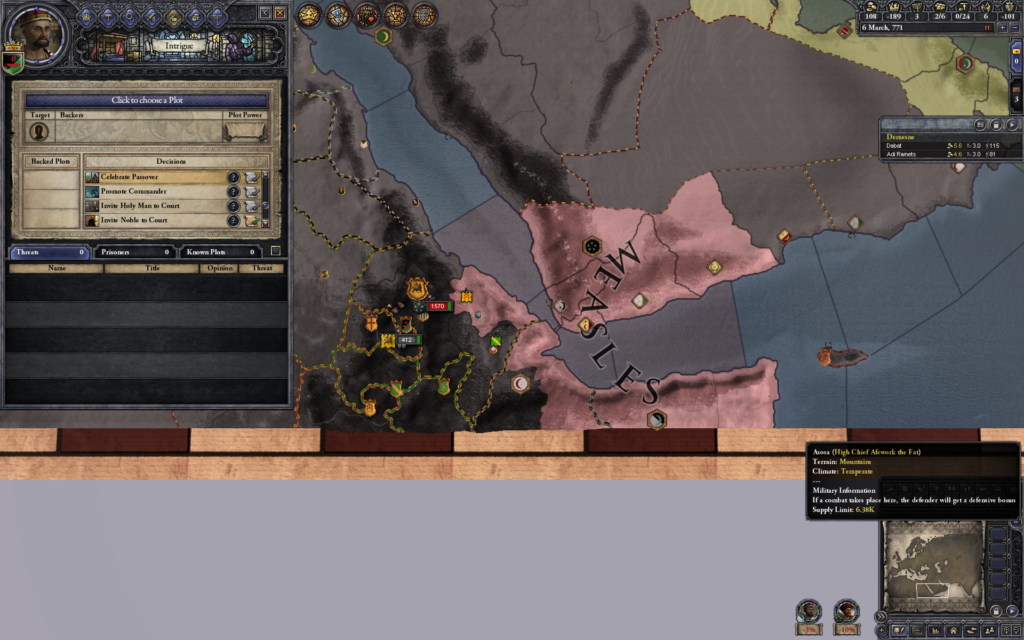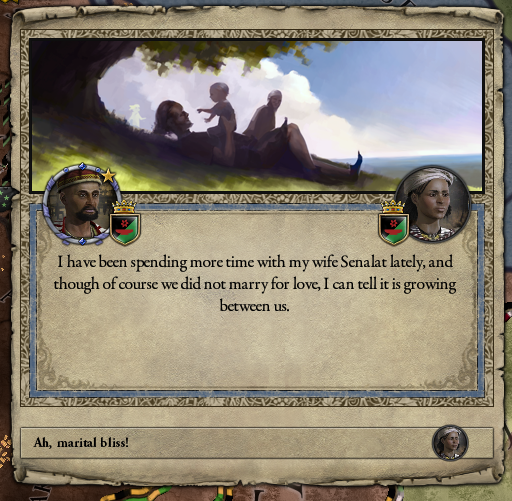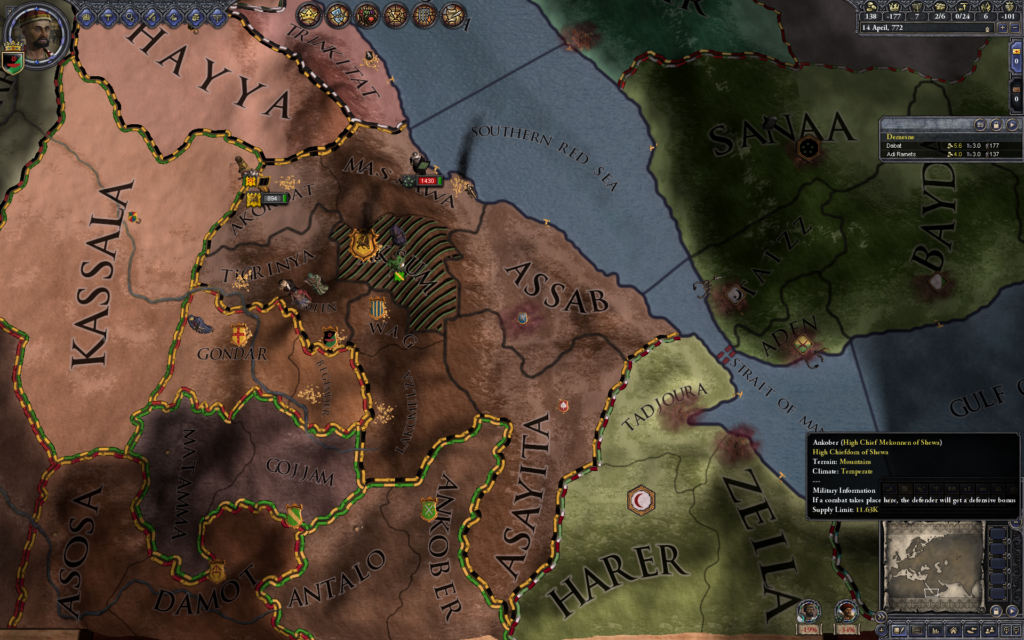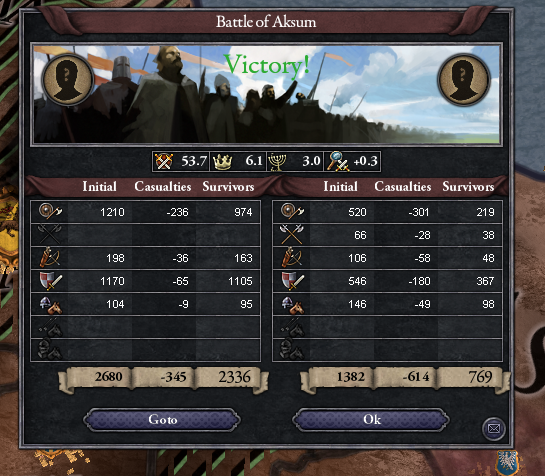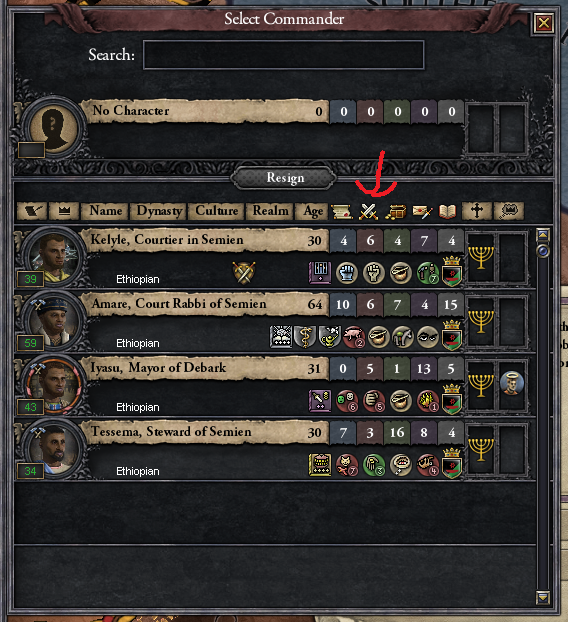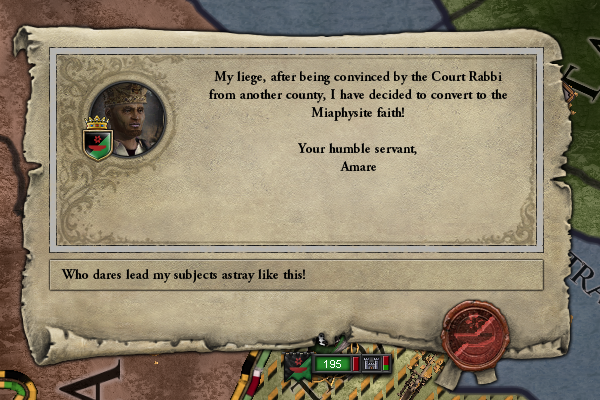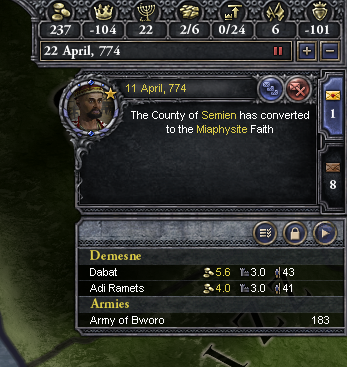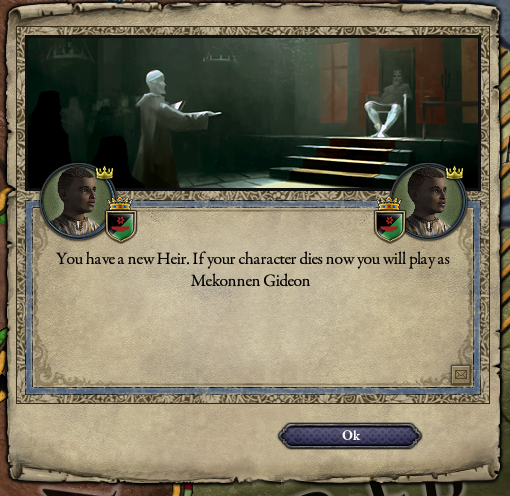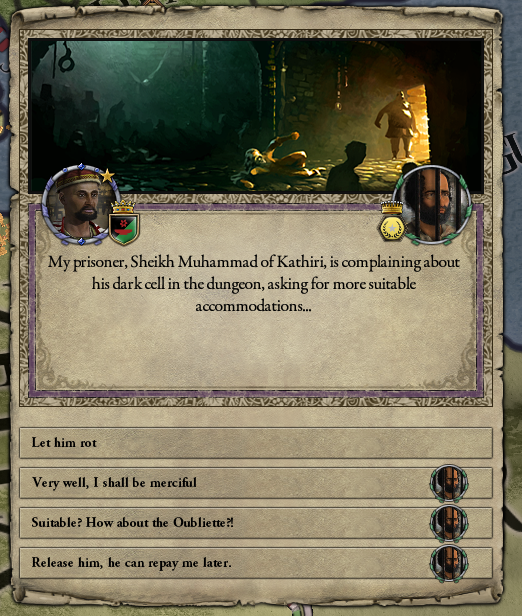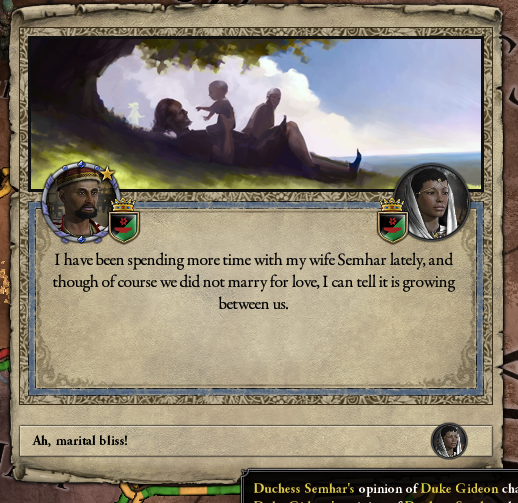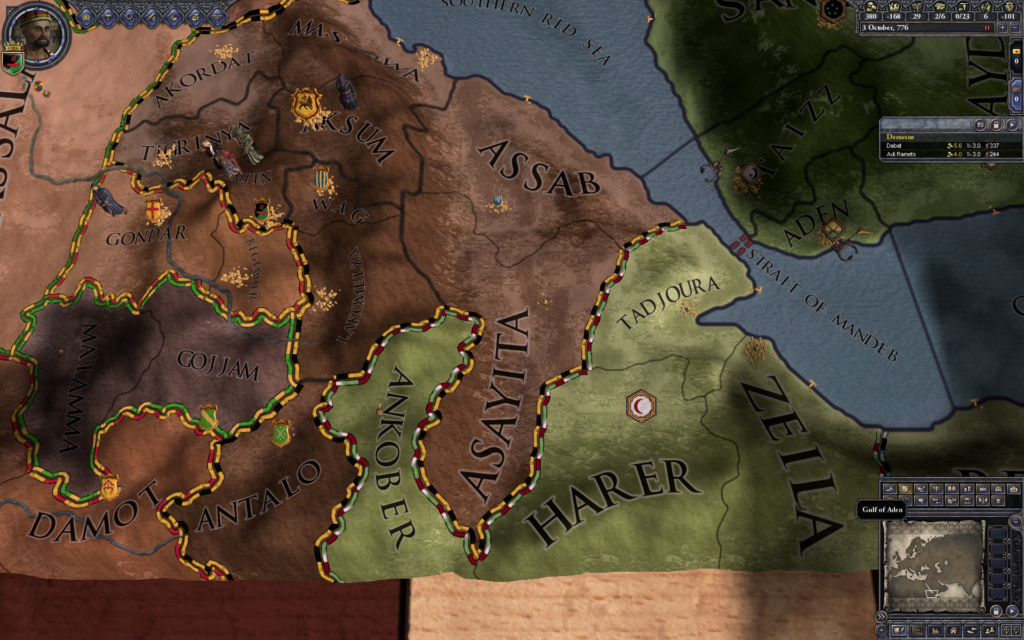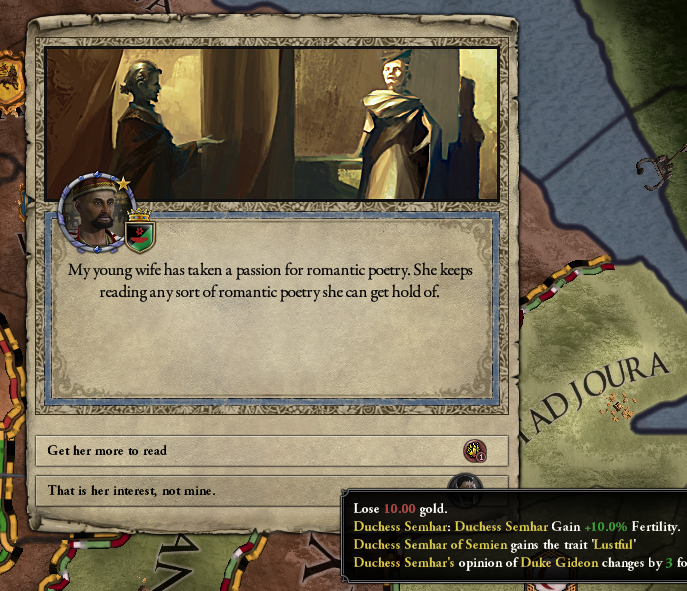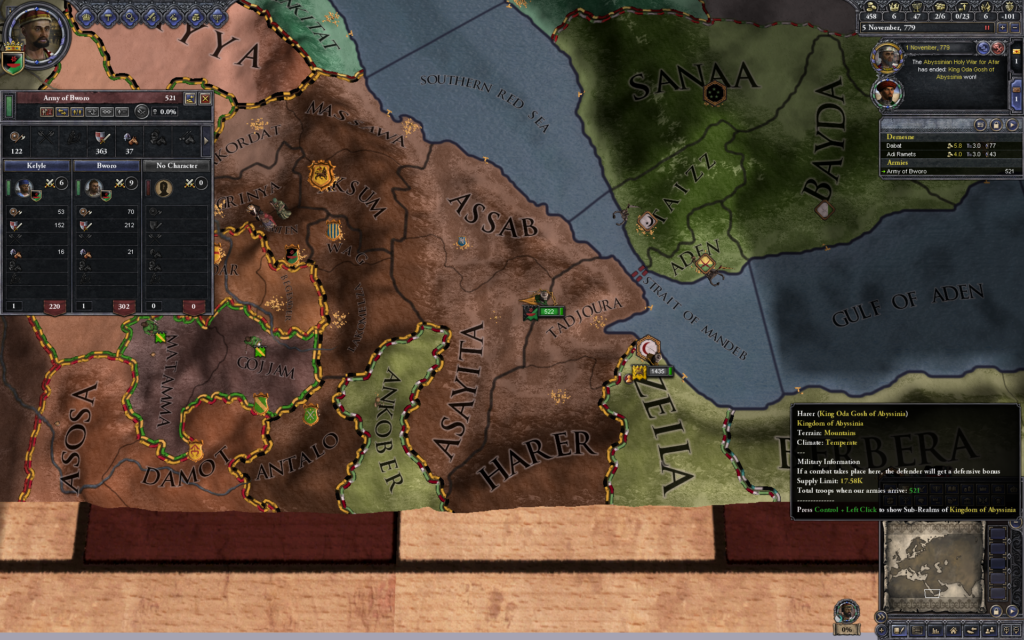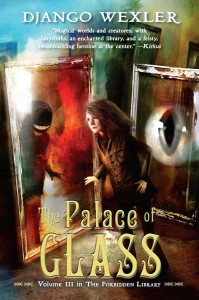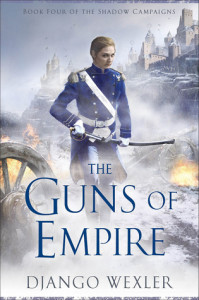Content, Crusader Kings Series 1, Excluded, Games
The Promised Land RELOADED
This is my attempt at a text-and-images Let’s Play, of sorts, documenting one of my adventures in Crusader Kings II. I may adjust the format as we go along, let me know if you have any suggestions. Clicking images should embiggen.
A few caveats! I am not a super-expert CKII player, nor do I really care to be — I tend to be in it more for the story than anything else. So I may behave sub-optimally from time to time! (I may also explain more than needed, since my assumption is that not everyone reading this plays.) Also, CKII is a historical game, so we’ll be dealing with some real-world stuff here — countries, religions, even a few people. Generally I’ll try to be sensitive but if it bothers you when I declare holy war against Orthodox Christianity on behalf of the pope, or whatever, this is probably not the best thing to be reading.
CKII is a game with no real defined end goal. You pick a ruler and a starting time, and you play as successive rulers of that dynasty, until you die out or the game ends in 1453. I usually try to pick something to work toward to make things more interesting. I’ve done a bunch of fun stuff, but one previous playthrough was kind of a bust — I wanted to play as a Jewish ruler, with the goal of re-establishing Jerusalem and rebuilding the Temple, only to have a game bug screw up the events that were supposed to make that happen at the last minute. I have now gotten over my annoyance enough to try again! (This time I’m not using Ironman mode since a) I don’t care about achievements and b) this way I can reload or use the console if I get blocked by bugs again.)
So! Can we get back to the promised land … AGAIN? Let’s find out.
The first problem is that there, uh, aren’t that many Jewish rulers. We’re going to start at the earliest possible date, 769 AD, because we need a LOT of time to get this project done. There are definitely easier ways (starting with the Kazakhs for example) but this one seemed fun. So we will start as the Duke of Semien, a tiny little Jewish state in the middle of absolutely nowhere. (One of the teeny ones to the right of Kassala.)
Yeah, see? Middle of nowhere!
The other problem is that being a Jew is not exactly a popular choice in 769. They’re the tiny little blue patch.
Tiiiiiny little blue patch. This poses a couple of problems. First of all, everybody around us is going to have an attitude penalty (in CKII, attitudes are numerical values from -100 to 100, and Infidel is -20) and basically not like us. Second, it’s going to be hard to find people to marry. Third, and most importantly, anybody who isn’t Jewish, which is everybody, can declare a holy war and come and take our land. More on that in a minute.
Here is our King (actually Duke, but he calls himself a King) Phineas Gideon. He is 46 years old with a son who has apparently formed ex nihilo, since he’s never been married. His stats are pretty crap, to be honest, but we’re going to have to put up with a lot of that since we won’t have much choice in terms of wives, mentors, etc.
Here’s the Prince, Gideon Gideon. He’s 14 and a bit better, stat-wise, except in terms of Stewardship, which is of course the one that we want the most.
Our initial goal is going to be to accumulate a lot of gold, so that we can use mercenaries to punch above our weight and take over some neighbors. So we set Phineas Gideon to studying the mysterious ways of commerce.
Gideon Gideon will be tutored by Tessema, a random courtier who happens to be awesome at Stewardship. We’d really really like it if he learns the Midas Touched trait from him.
Phineas needs to get married, because one son is never enough. There is exactly one woman in the entire world willing to marry him, so I guess Senalat will have to do. Fortunately she happens to be an awesome diplomat at age 16, which may come in handy.
Our council mostly isn’t bad, except for our Steward, who completely sucks at his job. Fortunately, we can just replace him with Tessema. He won’t like that but he’s not powerful enough to do anything about it.
On the to-do list, eventually: change away from Gavelkind inheritance, which will be problematic once our realm gets bigger. Not urgent though.
Military: pretty poor. Admittedly it’s 769 so everyone sucks, though. We could use some more castles.
Ultimate goal! We’re … a long way off from that. But you gotta have goals.
Last important step before unpausing the game is to swear fealty to the King of Abyssinia. Seems sort of counterproductive, I know, since ideally we want to be king, right? But Semien is just not big enough to go it alone, and Abyssinia is our biggest neighbor. Swearing fealty means that Abyssinia itself probably won’t attack us, plus provides a little protection against other people. On the downside, the King might take our land or execute us, but one thing at a time.
King Oda Gosh accepts our request! We are now part of the not-very-mighty Kingdom of Abyssinia, and none too soon.
We assign our councilors to their tasks and get working. First goal, as I said before, is to build up some gold. I also sent away for a Court Physician, and found this cynical rabbi named Amare. (This is my first time playing with Reaper’s Due, so I have no idea about this part!)
Every year we can celebrate Passover! But it’s expensive so I usually don’t. Sorry guys.
King Oda Gosh is pretty quick off the block. Not more than six months have passed before he’s declared a holy war against Berbera, which is off to the right of the screen there. We’re not actually obligated to help, but it looks like a good prospect, so we’ll go along in hopes of some loot.
I’m in the middle of besieging Berber castles and the peasants are asking for money for their like … dance social? Sure, why not.
Hmm. I’m not an expert, but this bodes poorly.
What do you think, Rabbi? Gout, huh?
You had one job, Amare!
One. Job.
Predictably, diseased beaver secretions failed to help Duke Phineas, and he died shortly thereafter. Thankfully, Gideon Gideon is almost 16 (the age of majority) and thus will have only a short regency. That leaves me in a poor position, though, with only one family member to my name.
On the plus side, Gideon Gideon gained Midas Touched when he reached adulthood! This will help with his crappy stats.
At this point, though, things are going pretty badly for the new Duke. Our heir is King Oda Gosh, which means if Gideon dies we lose the game. Also, the war has taken a decided turn for the worse. The Shirazids (the green country including Harer, between Abyssinia and Berbera) have declared a holy war for Aksum, the core territory of Abyssinia. They marched over into Berbera, where Oda and I were laying siege, and crushed both our armies. So at this point Oda’s capital is under siege by a large Shirazid army, while he runs around desperately trying to recruit more men. I am standing still lying in wait, but if the Shirazids win the war Abyssinia will be crippled and I’m probably screwed.
Oh, also, on reaching adulthood Duke Gideon Gideon turned out to be gay. Definitely less than ideal dynasty-wise.
Gideon Gideon decides to console himself with “family”, which in this case means “sexing”. In spite of his natural inclination, he’s managed to acquire a wife (once again the only woman in the kingdom) and is hard at work trying to acquire some sons.
There’s also a measles epidemic spreading fast. Hopefully it does some damage to the enemy.
In spite of being gay, Gideon Gideon falls in love with his own wife! A hopeful sign.
The war is still going very poorly, though. Aksum is now occupied by the Shirazids, and their army continues to rampage throughout Abyssinia. Our forces have recovered somewhat but are still waiting in their castles until the odds get a little closer to even.
However! Fellow Miaphysites from surrounding countries rally to Oda’s side and send some armies over. We quickly raise our troops and lead them to join the fight. (Red armies are bad, gray are neutral to us, green are ours.)
As is so often the case, one hard-fought battle completely changes the course of the war. We quickly liberate the castles and towns in Aksum and pursue the retreating enemy back into their own territory.
Unfortunately the Jews of Semien are not, uh, particularly warlike in their abilities. We’re going to have to work on that guys.
As we reduce the Shirazid castles, good news! Gideon’s wife is pregnant. Maybe the dynasty will continue!
In addition to capturing some castles, we got a visiting Sheikh as well! This is very good, he will bring a fine ransom.
Seriously, Amare? Seriously?
Aaaand he’s been joined by the entire peasantry of Semien. You’d think that being a Jew surrounded by hostile religions was hard or something. We’ll get our Court Rabbi on setting people straight ASAP.
Hurrah! Gideon: The Next Generation.
On the downside, my wife contracted dysentery and died shortly thereafter. Not one to waste time mourning, the Duke searched for a new wife, but this time there were literally no women in the world willing to marry Duke Gideon Gideon. Fortunately, for a little cash you can “Present Debutante” which creates a new woman from scratch. Long live Duchess Semhar!
My prisoner complains of his accommodations, which reminds us that he exists. Now that the war is over, we ransom him back and pad our treasury.
For being gay, Duke Gideon Gideon keeps falling in love with his wives! Later he fell in love with her again, and it stacks, meaning he had DOUBLE LOVE.
Then, for a while, things went relatively peacefully. One of the small countries south of Abyssinia fell apart in civil war, and Oda Gosh grabbed half while the Shirazids grabbed the other half.
Semhar acquired an interest in romantic poetry, which we encouraged because it made her lustful. Not long after, she gave birth to a daughter.
Oda Gosh, getting bored, declares war on the Shirazids again. This time, because we’re not simultaneously fighting Berbera and he has some allies, it goes much better. The AI is not super-good at fighting wars — it prefers to sit around besieging castles, rather than confronting the enemy even with a 2-to-1 advantage. Not how we’d do it if we were in charge, but at least we get some loot from taking cities!
We win the war and take most of the Shirazid territory. They won’t be much of an issue from here on out, I think. Also, between the ransom and the looting, I’ve acquired a reasonable amount of gold, enough to pay some mercenaries for a bit. So I set my chancellor to forging claims against the Duchy of Gojjam, just south of me, in hopes of getting a quick little war going.
Will it work out? Who knows! Tune in next time. Current Year: 779 AD. Current status: Still alive.
